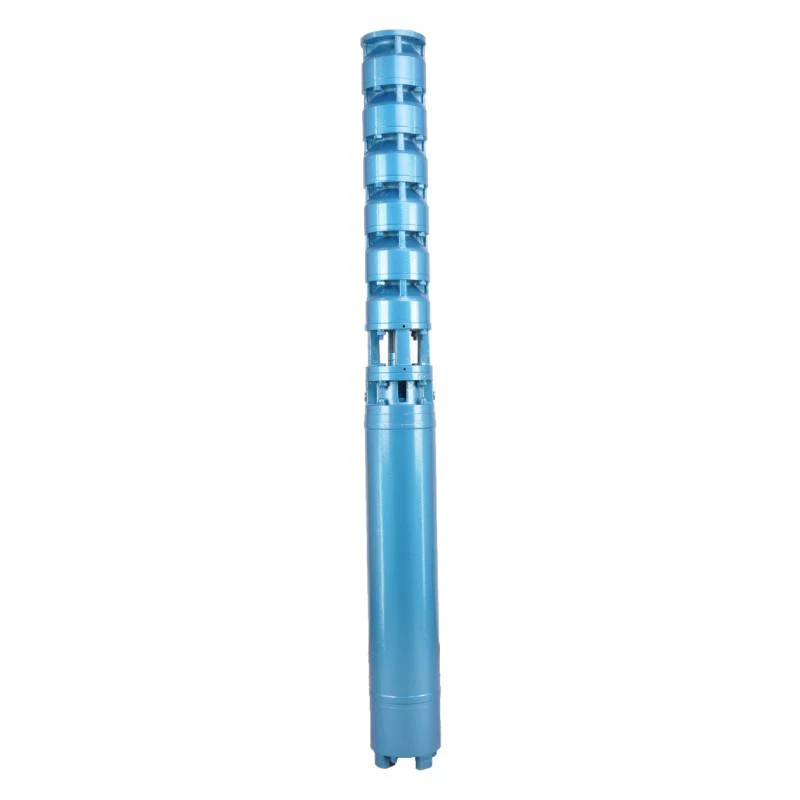Nov . 14, 2024 23:36 Back to list
submersible water well pump replacement cost
Understanding Submersible Water Well Pump Replacement Costs
Submersible water well pumps are essential components for accessing ground water, particularly in rural or agricultural settings. Over time, these pumps may require replacement due to wear and tear, inefficiencies, or technological advancements. Understanding the costs associated with replacing a submersible water well pump is crucial for homeowners, farmers, and businesses reliant on these systems.
Factors Influencing Replacement Costs
1. Pump Type and Size The type of pump is a significant determinant of replacement costs. Submersible pumps come in various sizes and power ratings, typically ranging from 0.5 to 5 horsepower or more. Larger and more powerful systems designed for deep wells or higher flow rates tend to be more expensive. Additionally, specialized pumps, such as those for saltwater or those requiring unique materials, can further elevate costs.
2. Depth of the Well The depth of the well affects both the type of pump needed and the installation complexity. Deeper wells require pumps designed to handle higher pressures and may increase the cost of materials and labor. For instance, a pump for a 50-foot well will generally cost less than one designed for a 300-foot well.
3. Labor Costs Labor is another critical aspect of the overall replacement cost. Hiring a licensed and experienced technician is essential for ensuring proper installation and compliance with local regulations. Labor rates can vary significantly based on geographic location. Expect to pay anywhere from $50 to $150 per hour for skilled labor.
4. Additional Components When replacing a submersible pump, it is often necessary to replace additional components such as pipes, wiring, and control systems. These ancillary items might add an additional several hundred dollars to the overall cost. Upgrading to more efficient or modern components can also provide long-term savings on energy costs.
submersible water well pump replacement cost

5. Permits and Regulations Depending on the location, there may be local regulations governing well installation and replacement. Obtaining necessary permits could incur additional fees, which should be factored into the total expense.
Estimated Replacement Costs
The typical costs for replacing a submersible water well pump can vary widely, but most homeowners can expect to pay between $1,000 and $3,500. This estimate includes the pump itself, labor, and incidental materials. More complex jobs that involve deeper wells, high-capacity pumps, or extensive upgrades can reach upwards of $5,000.
Maintenance and Longevity
Investing in a high-quality submersible pump and adhering to regular maintenance schedules can prolong the life of the equipment, reducing the frequency and cost of replacements. Regular inspections, monitoring of pump performance, and timely repairs can help identify issues before they necessitate a full replacement.
Conclusion
Replacement costs for submersible water well pumps can be substantial, but understanding the various factors involved can help mitigate surprise expenses. By considering the type of pump, well depth, labor costs, and any additional components needed, stakeholders can make informed decisions. It's always advisable to consult with professionals to assess specific needs and budget constraints. With proper planning and maintenance, a submersible water well pump can continue to meet water supply needs effectively for years to come.
-
Submersible Water Pump: The Efficient 'Power Pioneer' of the Underwater World
NewsJul.01,2025
-
Submersible Pond Pump: The Hidden Guardian of Water Landscape Ecology
NewsJul.01,2025
-
Stainless Well Pump: A Reliable and Durable Pumping Main Force
NewsJul.01,2025
-
Stainless Steel Submersible Pump: An Efficient and Versatile Tool for Underwater Operations
NewsJul.01,2025
-
Deep Well Submersible Pump: An Efficient 'Sucker' of Groundwater Sources
NewsJul.01,2025
-
Deep Water Well Pump: An Efficient 'Sucker' of Groundwater Sources
NewsJul.01,2025
-
 Submersible Water Pump: The Efficient 'Power Pioneer' of the Underwater WorldIn the field of hydraulic equipment, the Submersible Water Pump has become the core equipment for underwater operations and water resource transportation due to its unique design and excellent performance.Detail
Submersible Water Pump: The Efficient 'Power Pioneer' of the Underwater WorldIn the field of hydraulic equipment, the Submersible Water Pump has become the core equipment for underwater operations and water resource transportation due to its unique design and excellent performance.Detail -
 Submersible Pond Pump: The Hidden Guardian of Water Landscape EcologyIn courtyard landscapes, ecological ponds, and even small-scale water conservancy projects, there is a silent yet indispensable equipment - the Submersible Pond Pump.Detail
Submersible Pond Pump: The Hidden Guardian of Water Landscape EcologyIn courtyard landscapes, ecological ponds, and even small-scale water conservancy projects, there is a silent yet indispensable equipment - the Submersible Pond Pump.Detail -
 Stainless Well Pump: A Reliable and Durable Pumping Main ForceIn the field of water resource transportation, Stainless Well Pump has become the core equipment for various pumping scenarios with its excellent performance and reliable quality.Detail
Stainless Well Pump: A Reliable and Durable Pumping Main ForceIn the field of water resource transportation, Stainless Well Pump has become the core equipment for various pumping scenarios with its excellent performance and reliable quality.Detail
